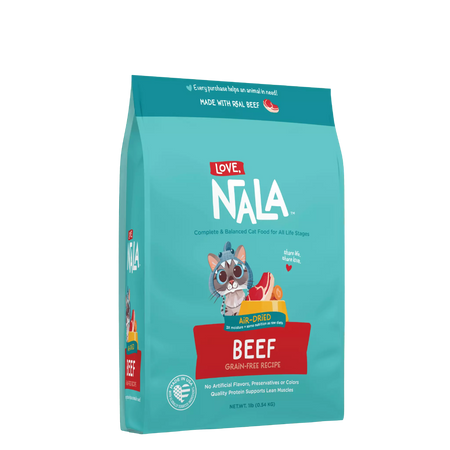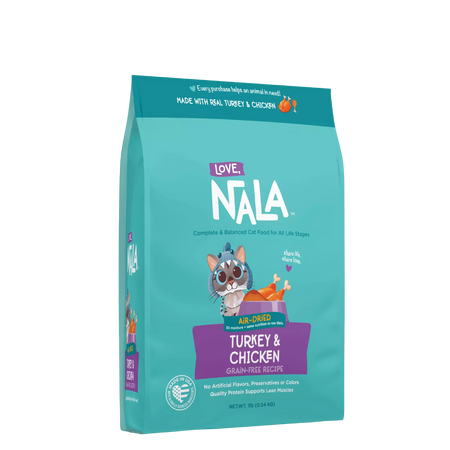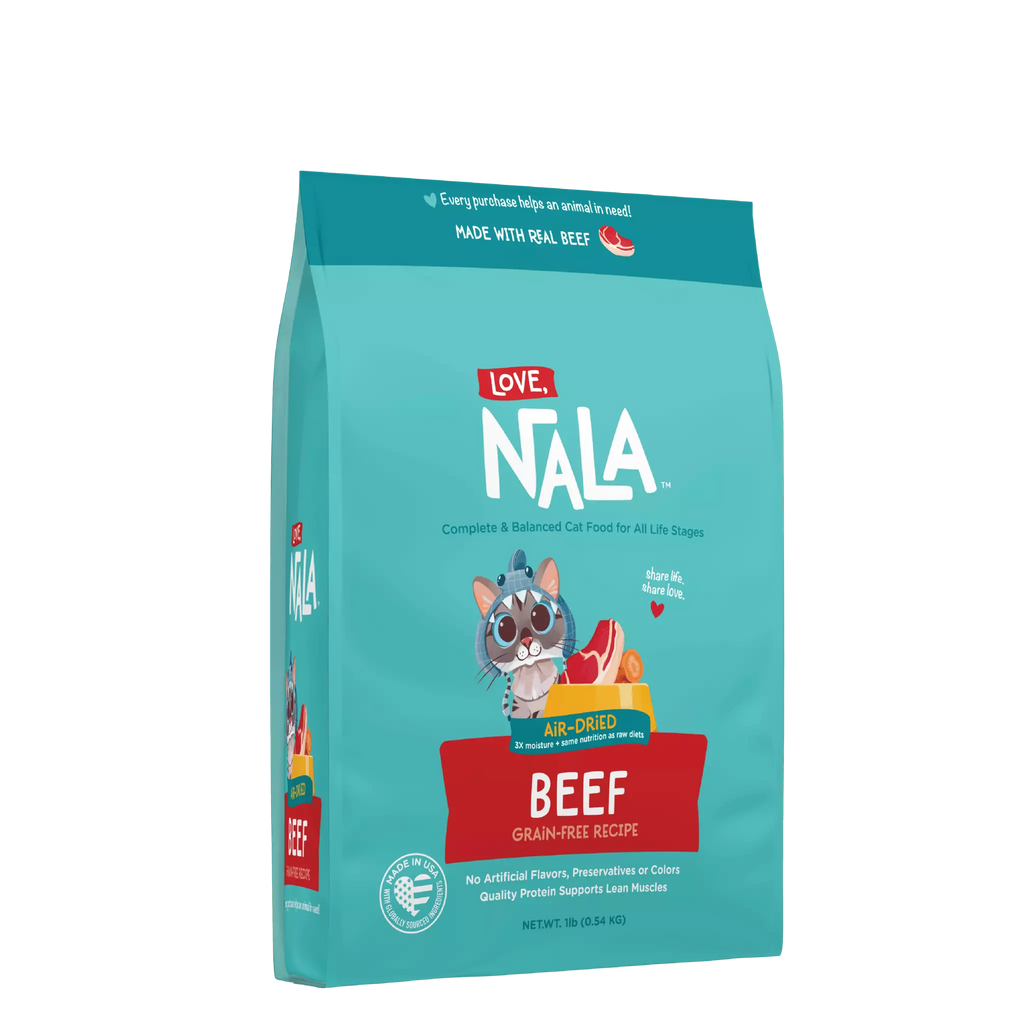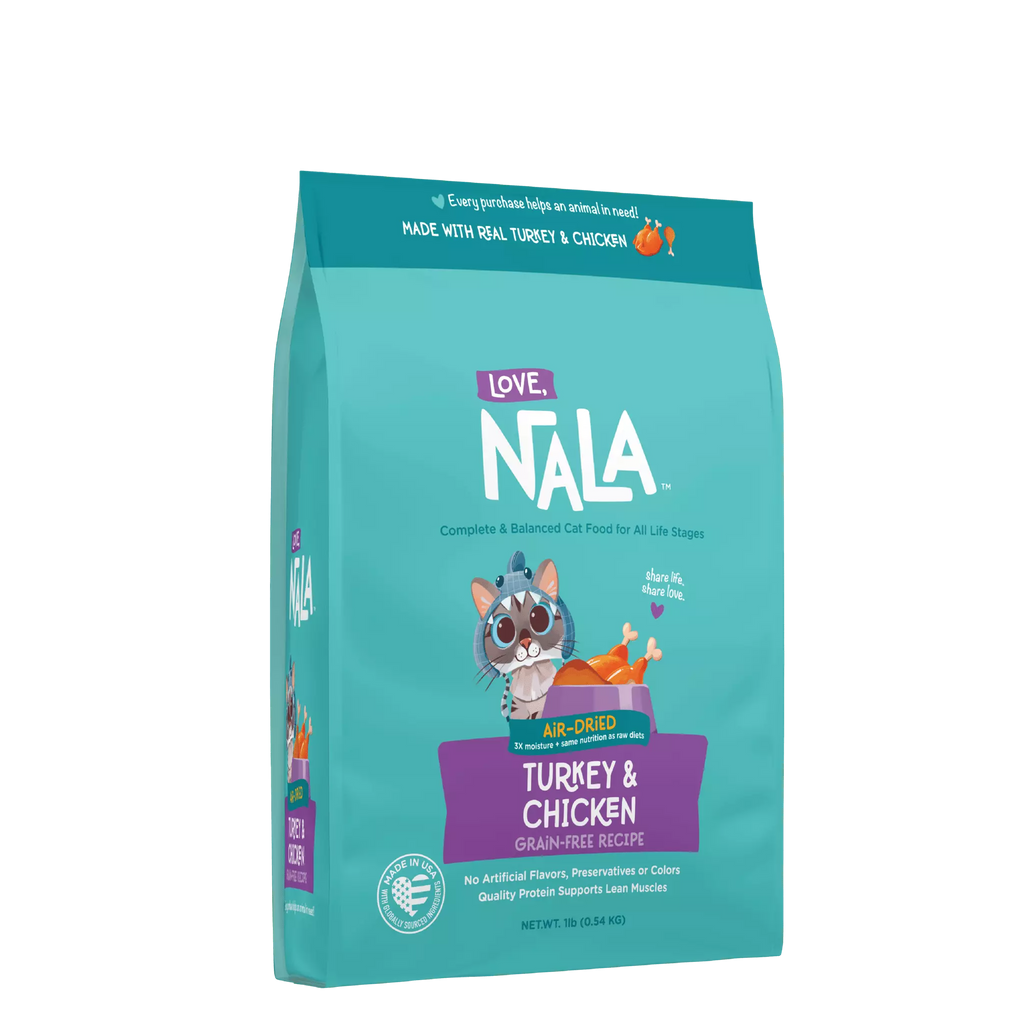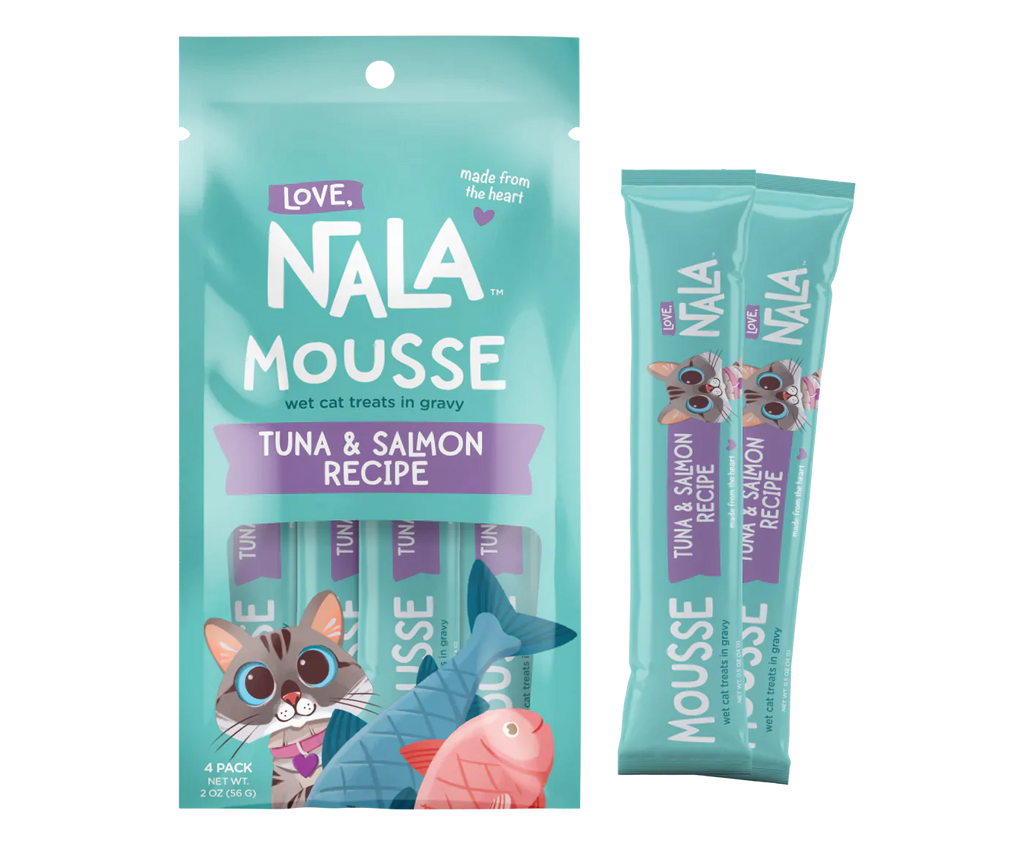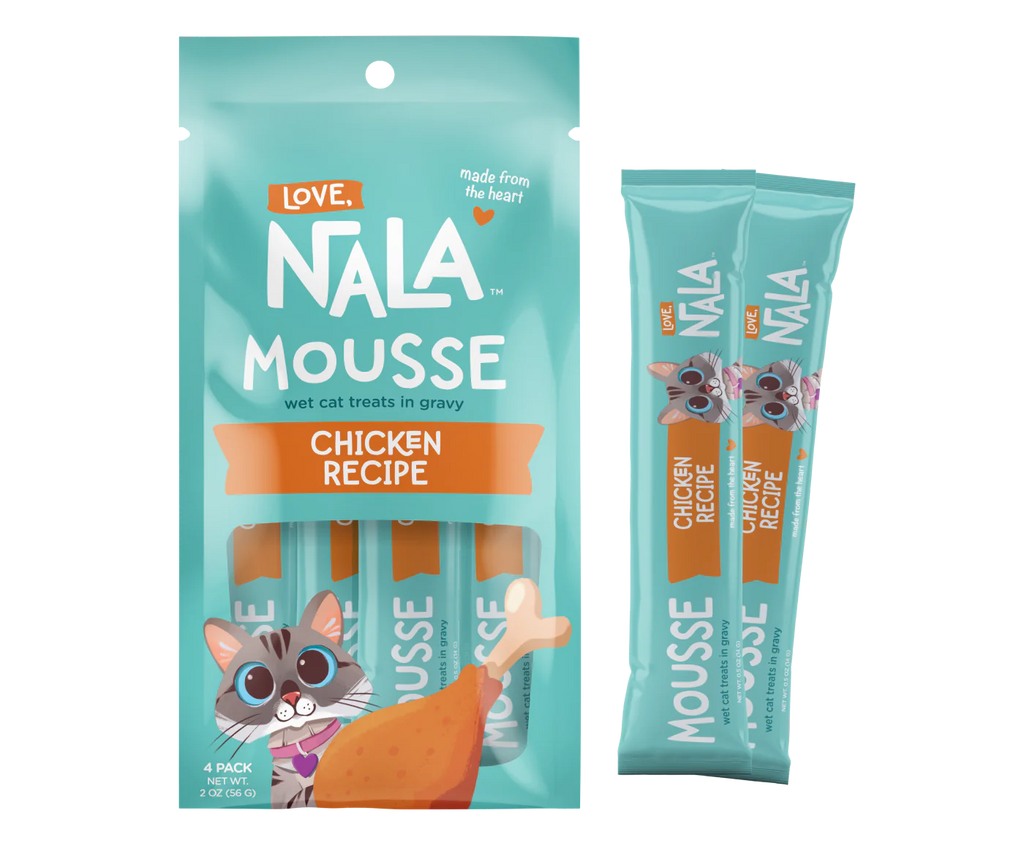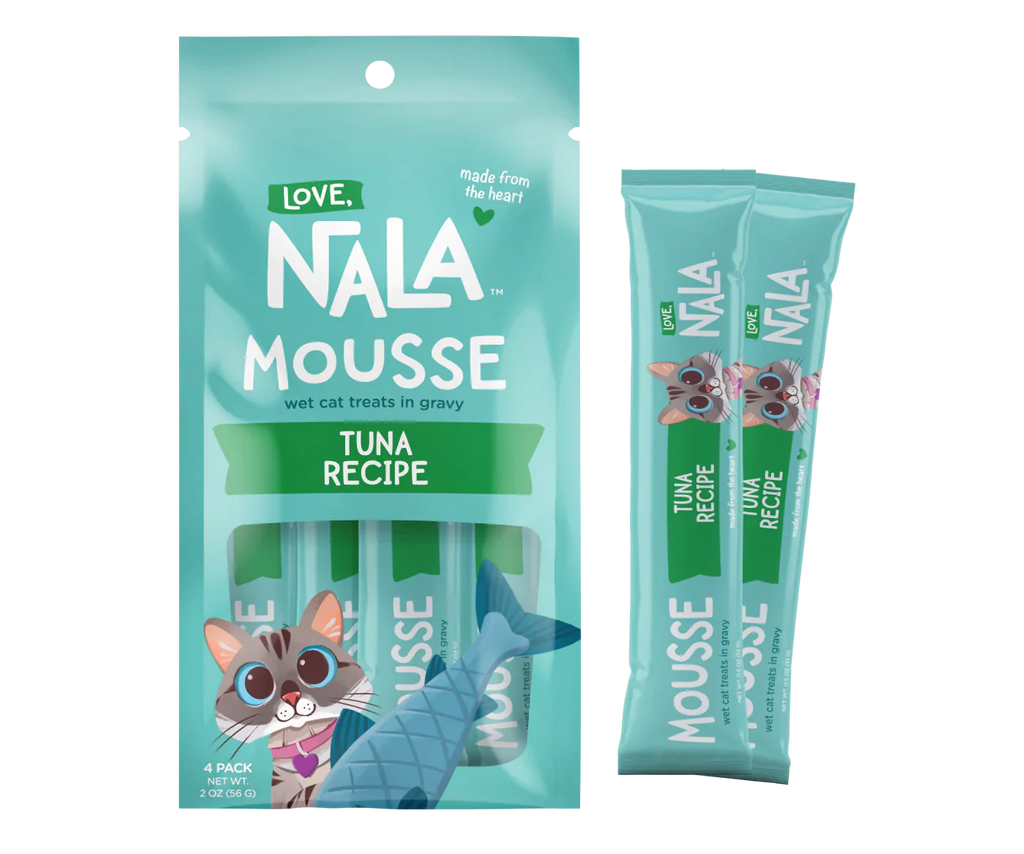If your cat is looking a little larger lately, it may be time to help them lose some weight. As cute as fat cats may be, a few extra pounds can impact their health and longevity in a major way. Increasing their exercise, decreasing their calories, and feeding them a healthier diet can help your cat feel better, move more easily, and keep their skin and coat looking healthy, and, most importantly, give them a long and happy life with you.
Determining if your Cat Needs to Lose Weight
The first step to starting a weight loss plan for your cat should be scheduling a vet visit. The vet can tell you if your cat needs to lose weight and about how much. They can also run tests and rule out any medical issues that could be causing weight gain. The vet can even help create a weight loss plan catered specifically to your cat and their needs.
While your cat’s ideal weight will depend on their health concerns, age, sex, and breed, there are some general things to look for in determining if your cat should lose weight. If your cat is overweight - generally defined as weighing 10% more than their ideal body weight - you likely cannot feel their ribs or spine. Their belly is visible and may sag quite low to the ground. When looking at your cat from above, their waist goes noticeably farther outward than the rest of their body.
Overweight cats usually have shorter lives than non-overweight cats and weighing only two pounds above the ideal body weight can put your cat at risk of developing serious medical issues. Common health concerns for overweight cats include diabetes, heart disease, arthritis, high blood pressure, urinary tract infections, and abdominal cancers. Being overweight can also make it difficult for cats to properly groom or use the litter box and clean up after themselves.
Overweight cats are prone to fatty liver disease so losing weight slowly and carefully is critical. Losing weight too quickly can be extremely dangerous and cause serious illness. Cats should lose about 1% of their initial body weight per week. You should weigh your cat every 2 weeks to make sure they are losing weight at an adequate rate.
Diet Tips
If you free-feed your cat, switch to scheduled feedings 2-3 times a day. This will prevent them from eating out of boredom. If they no longer have access to food all the time, they will naturally eat less. It will also get them used to eating on a schedule and following a routine. Smaller meals more frequently may also keep your cat feeling fuller longer.
Portion out their food carefully. Use a measuring cup to ensure you aren’t overfeeding. Cats don’t need to eat much kibble if any and they definitely don’t need refills throughout the day. Check the recommended guidelines on the food to see how much your cat should be eating based on their ideal weight.
Focus on wet food. Wet food has more protein and less carbohydrates than kibble and is better for cats since they are obligate carnivores. Cats’ bodies need high-protein diets and not many carbs to operate effectively. There are also prescription weight loss formulas that can keep your cat satiated with fewer calories.
Offer treats in moderation. Everyone deserves a sweet treat now and again, but those extra calories can add up quickly. Ensure that treats consist of no more than 10% of their daily calories. You can feed a few bites of air-dried kibble as a treat, which is high in protein and nutritious. Try hiding their treats so they can hunt and find them. Most cats love using their natural hunting instincts and working for their meals. Remember to also reduce your cat's meals to compensate for the extra calories from the treats you give out.
If your cat is a fast eater, try using a puzzle feeder, lick mats, a snuffle mat, or a slow feeder to get them to slow down and enjoy their meal. This will give them time to feel full and satiated instead of wolfing down everything all at once.
Exercise Advice
To help your cat burn calories, encourage them to move more. More playtime will get their bodies moving and their hearts pumping. It will help their brains too. Cats are easily bored and they are very curious by nature. They love variety. New toys to play with, a wand to chase around, a little ball to roll and bat around, a crumpled up receipt - anything that gets their minds and bodies working and moving is great.
Remember that house cats are derived from wild cats. They are not meant to be active for long periods of time. Their bodies are used to short bursts of activity throughout the day. Wild cats stalk their prey and pursue them quickly before pouncing and attacking. After eating, they require hours to recover completely from the energy they expended.
Try short and frequent play sessions a few times a day. Just 5 or ten minutes here and there to get them up and moving will help. The goal is to get them to be less sedentary and a few quick bursts of playtime is a great way to break up their day.
If you can, “catify” your house with cat trees, sisal poles, cat shelves, bridges, or tunnels. Invest in a catio if you want or are able to build one. Give your cat new places to explore and new vantage points from which to observe their territory. New sights and sounds will keep their minds busy. Cat TV or a bird feeder hanging from their favorite window can keep them active and interested. Offer catnip to get your cat feeling really silly and playful and get some of their energy out. You can try growing cat grass too to see if your cat enjoys interacting with it.
A commitment to a healthy diet, daily exercise, and lifestyle changes can help your cat lose weight safely and add more years to their life. Though it may sound daunting, losing weight can be fun and can even bring you and your cat closer together. More playtime, new toys and games, physical and mental enrichment, and a little exercise will help your cat to lose extra pounds and improve their health and happiness.
Love, Nala
